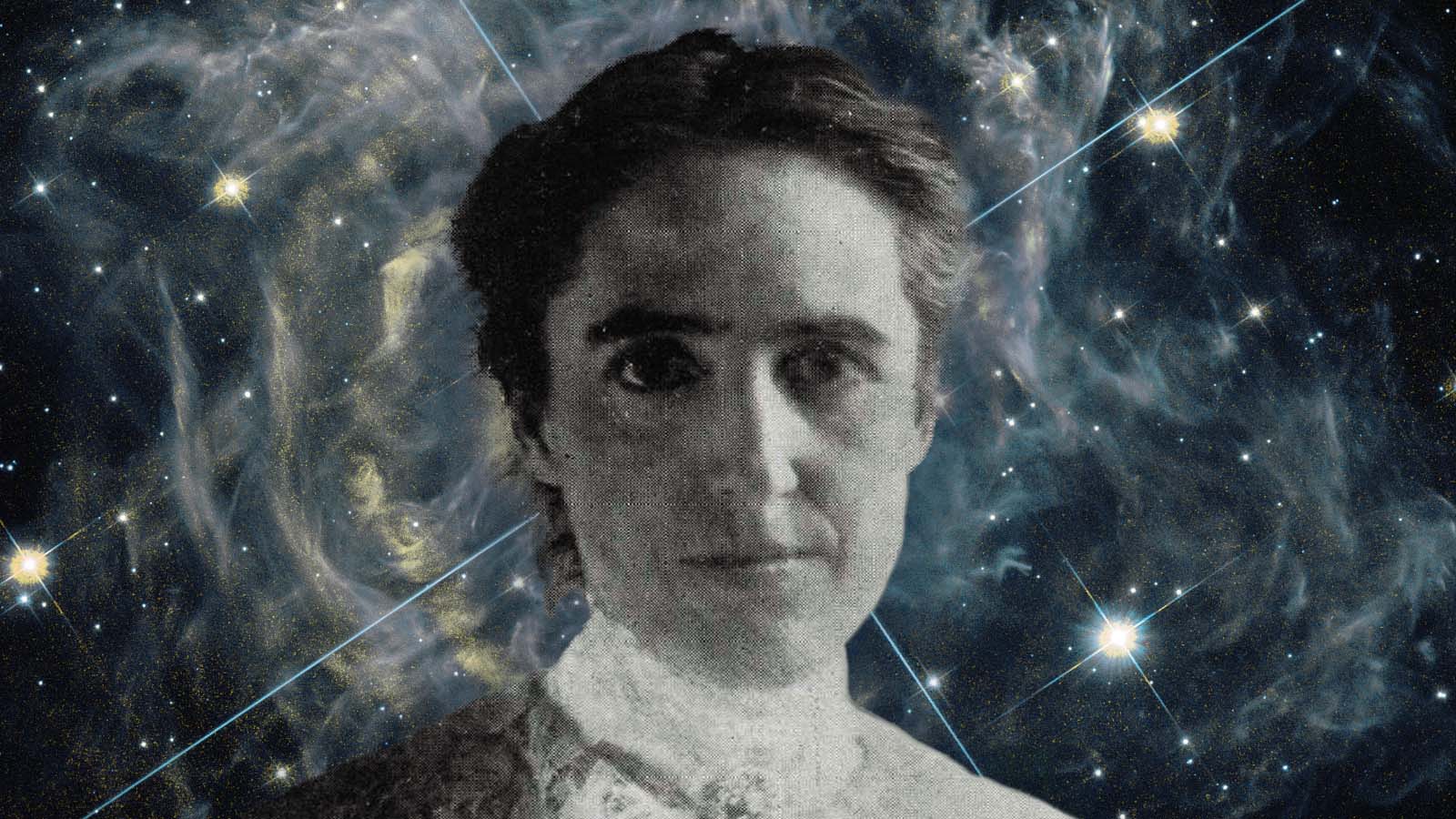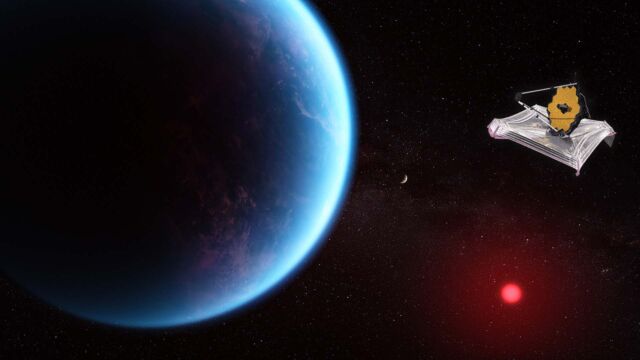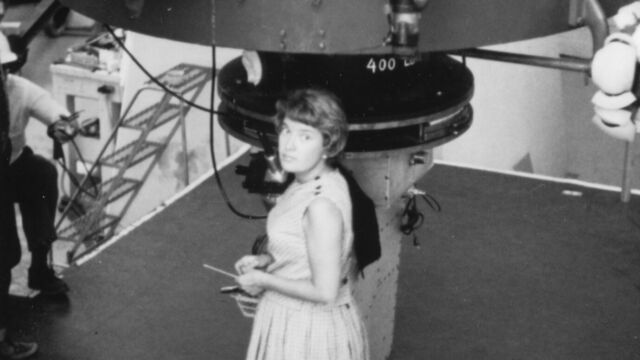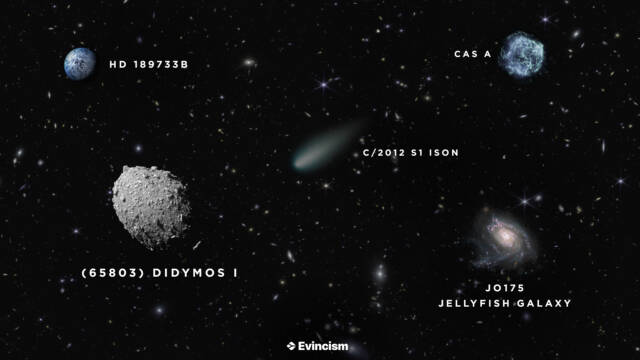Ever wondered how the insane distances between astronomical objects were calculated?
The stars and galaxies are hundreds of light years away from us, it’s not practical to send probes that far to calculate distances.
Today we talk about Henrietta Swan Leavitt, the woman who expanded the abilities of astronomy by a hundred-thousandfold, just from photographic plates.
Henrietta Swan Leavitt was an American astronomer who made groundbreaking contributions to the field of astronomy and paved the way for the modern understanding of the universe.
Her work on the measurement of cosmic distances remains a landmark in the history of astronomy.
Henrietta Swan Leavitt’s Discovery of Cepheid Variables

Henrietta Swan Leavitt discovered a relationship between the luminosity and period of some variable stars, dubbed “Cepheid Variables“.
A Cepheid variable is a type of star that fluctuates in brightness over a regular period of time.
She found that brighter stars had longer periods, this relation came to be known as Leavitt’s law. She made this discovery while working at Harvard as a “computer”.
Her discovery was not immediately accepted as it was published in an obscure journal and apparently also because she was a woman.
But as famous astronomers like Edwin Hubble started using her period-luminosity relationship, it started gaining momentum and is being used to this day to measure distances in the wide expanse of the cosmos.
Challenges in Measuring Distances in the Universe
Astronomers had limited tools and techniques, making it difficult to determine the distances between celestial objects.
Measuring distances in the universe imposes several challenges for astronomers:
Lack of a Standard Ruler to Measure Distance – Astronomers had no universal standard ruler to use in measuring distances between celestial objects.
Intervening Dust and Gas obscure light from distant objects, which made it difficult for astronomers to determine the distances to remote celestial objects with any degree of certainty.
Einstein’s theory of General Relativity tells us that the distances between objects in the universe can be affected by their relative velocities and gravitational fields.
This makes it difficult to determine distances accurately, as astronomers had to take into account these effects when measuring distances.
Before Henrietta’s discovery of cepheid variables, astronomers had to rely on a number of indirect methods to measure cosmic distances, including:
Stellar parallax method
It involves measuring the apparent shift of a star against the background of more distant stars, caused by the Earth’s movement around the Sun.
The shift is known as parallax, and it can be used to calculate the distance to the star.
However, this method is only useful for nearby stars and is limited by the accuracy of the measurements and the size of the parallax angle.
Photometric method
This method uses the apparent brightness of a star to estimate its distance.
By comparing the brightness of a star with its known intrinsic brightness, astronomers can calculate its distance.
This method is limited by the accuracy of the measurements and the lack of knowledge of the intrinsic brightness of stars.
Spectroscopic method
This method involves comparing the spectral lines of a star with those of other stars of known brightness.
By measuring the shift in the spectral lines due to the star’s motion, astronomers can estimate its distance.
This method is limited by the accuracy of the measurements and the need to correct for other effects that can affect the spectral lines, such as dust and gas in space.
Main sequence fitting
This method involves comparing the positions of stars on a Hertzsprung-Russell diagram with those of stars in a nearby open cluster.
By comparing the position of the stars on the diagram, astronomers can estimate their distance.
However, this method is limited by the accuracy of the measurements and the assumption that the stars in the open cluster are all at the same distance.
All these methods had several drawbacks, including limitations in accuracy, the need for significant amounts of data and observations, and the assumption that all stars are similar and have the same intrinsic brightness.
Henrietta Leavitt’s discovery of cepheid variables provided a more direct and reliable method for measuring cosmic distances, leading to a new understanding of the scale and structure of the universe.
Henrietta Swan Leavitt’s “Standard Candles”
Despite the challenges faced by astronomers, they continued to strive for a better understanding of the universe.
It was not until Leavitt’s discovery of the correlation between the brightness of Cepheid variables and their pulsation period that astronomers finally had a reliable tool for measuring distances in the universe.
Her discovery provided a critical missing piece of the puzzle and opened up new avenues for exploration and discovery in the field of astronomy.
She was tasked with the study of photographic plates of Small and Large Magellanic clouds.
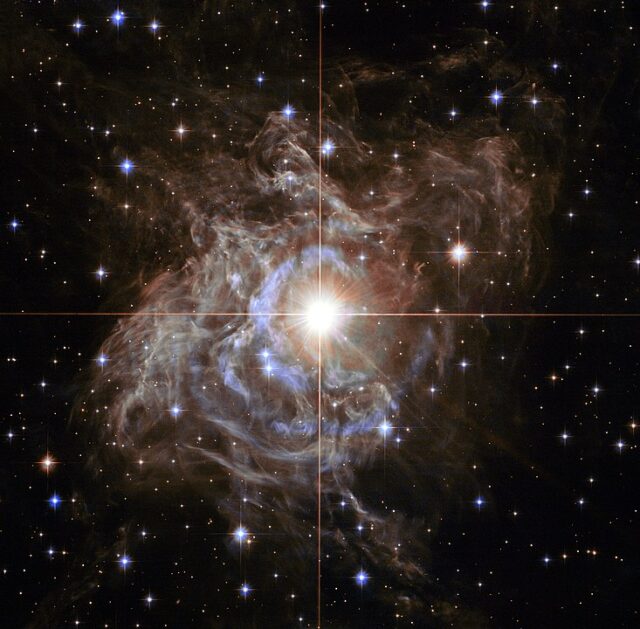
Henrietta identified 1,777 variable stars in the Magellanic clouds and in 1908, she published her results in the Annals of the Astronomical Observatory of Harvard College, she observed that brighter variables had longer periods.
She used a simplifying assumption that the cepheids in the Small Magellanic Cloud are at roughly the same distances.
This allowed the calculation of the actual brightness of the stars from the brightness that shows up on the photographic plates.
Due to the assumption, the relation wasn’t too accurate as of yet, but after some parallaxes of the Cepheids were measured, she used the data to calibrate her period-luminosity scale.
Thus, she established that the logarithm of the period is linearly related to the logarithm of the star’s average intrinsic optical luminosity (refers to the actual luminosity of the star as opposed to what reaches earth).
A year after Henrietta reported her results, Ejnar Hertzsprung determined the distance to several Cepheids in the Milky Way using parallax measurements, with this, the distance to any Cepheid could be accurately determined.
Leavitt’s law made these stars the first standard candles in astronomy, allowing the measurement of distances in the vast expanse of space.
Henrietta Swan Leavitt’s Impact on Astronomy
Henrietta’s Discovery Provided Evidence for the Big Bang
Henrietta Swan Leavitt’s period-luminosity relation has led to various discoveries that have changed our view of the Universe.
One of the most prominent of those discoveries was by Edwin Hubble, who used her law to study the distance to Andromeda galaxy and proved that Andromeda was in fact a separate galaxy from our milky way.
He studied the distance to the galaxies in the Andromeda constellation and discovered that they were farther away than previously thought and the universe is actually expanding.
Hubble found that the more distant a galaxy was, the faster it was moving away from us, this discovery provided strong evidence for the Big Bang theory of the origin of the Universe.
Leavitt’s Law Helped Derive the Hubble Constant
Hubble used Leavitt’s law to measure the rate of expansion of the universe and came up with the “Hubble’s constant”.
The Hubble Constant is a measure of how fast the universe is expanding and it plays a crucial role in our understanding of the evolution and history of the universe.
Leavitt’s law helped astronomers estimate the distances of celestial bodies from Earth by measuring the brightness of these stars.
By comparing these distances to their redshift they could determine the rate at which the universe was expanding, and this rate is known as the Hubble Constant.
Henrietta Swan’s Findings Helped Discover Dark Energy
The study of the rate of expansion of the universe continued in the decades following Leavitt’s discovery, and in the late 1990s, scientists discovered that the expansion of the universe was not only continuing but accelerating.
This was a surprising and unexpected result, and it challenged our understanding of the universe.
To explain this observation, scientists proposed the existence of a mysterious force that makes up 68% of the universe, dubbed “dark energy,” which was driving the acceleration of the expansion of the universe.
Biography of Henrietta Swan Leavitt
Henrietta Swan Leavitt’s Early Life
Henrietta Swan Leavitt was born in Lancaster, Massachusetts on 4 July 1868, as the daughter of George Roswell Leavitt and his wife Henrietta Swan Kendrick.
She attended Oberlin College and transferred to Harvard University’s Society for the Collegiate Instruction for Women, receiving a bachelor’s degree in 1892.
Henrietta also began working as a “computer” at Harvard College Observatory, hired by its director Edward Charles Pickering to measure and catalog the brightness of stars as they appeared in the observatory’s photographic plate collection.
Henrietta Swan Leavitt’s Later Life
She obtained credits for her graduate degree in astronomy in 1893 due to her work at Harvard College Observatory, but she didn’t complete the degree.
In 1898 she became a staff member at Harvard, during her later career, she worked with Edward Pickering on 96 near Polaris stars, using 299 plates produced by 13 different telescopes, and published the results.
She was contacted by Harlow Shapley through Pickering in August 2017 about a question about variables in globular clusters.
Shapley received a response after his second letter in 1918 from Pickering saying that Leavitt had the plates to investigate his question.
She started working with Shapley herself in 1920, he suggested she work on variables in globular clusters.
In March 1921, Shapley became Director of the Harvard Observatory and by this time Leavitt was Head of Stellar Pharmacy.
She contracted stomach cancer in November 1921 and was living with her mother in Cambridge during that time.
Henrietta Swan Leavitt died on 12 December 1921 and her funeral was held at the chapel of the 1st Congregational Church on 14 December.
In 1925, Gösta Mittag-Leffler wrote a Letter to Leavitt not knowing she had passed away, he praised her work on the luminosity-period relation and expressed his inclination to nominate her for the Nobel prize in physics 1926. He was later informed about her passing away.
Challenges Henrietta Faced as a Woman in Science
Science like most fields back during the 19th century was a male-dominated field. As such, women faced numerous challenges in their careers.
She did not have the opportunity to attend college due to financial constraints which put her at a disadvantage when competing for research positions.
Before her degree, the knowledge she gained in astronomy was primarily self-study.
Henrietta dealt with being denied the recognition she deserved and was often overlooked for promotions and other professional opportunities.
As she was one of the few women working in the field of astronomy at that time, her work did not receive proper acknowledgment.
Henrietta wasn’t even allowed access to the telescopes at Harvard College Observatory and was instead tasked with analyzing photographic plates.
Even then due to her firm determination to her work, she contributed such heavily to astronomy that, looking back, it was nothing but a waste of potential.
Henrietta’s Journey with Chronic Illness and Deafness
Along with the difficulties that came from being a woman in a male-dominated environment, Leavitt also suffered the pangs of illness alongside her career.
She was diagnosed with an illness that caused her to become increasingly deaf over time and she eventually became completely deaf.
Despite this, she continued to work as an astronomer at the Harvard College Observatory.
To overcome her deafness, Leavitt developed a system of lip-reading and communication with her colleagues.
This allowed her to continue her work on Cepheid Variables, Leavitt’s determination in the face of chronic illness and deafness is a true inspiration to people who face similar adversities in their lives.
Henrietta Swan Leavitt’s Legacy
Leavitt’s discovery was a major milestone in the history of astronomy.
It allowed astronomers to determine the size and scale of the universe for the first time.
Her work paved the way for the discovery of the expanding universe and provided the foundation for the Big Bang theory.
Although her contributions are still quite underrated, Leavitt’s legacy continues to influence the field of astronomy to this day, as her work remains a cornerstone of modern cosmology.
In recognition of her achievements, Leavitt’s name has been memorialized in various ways, including the naming of a lunar crater, an asteroid, and a scholarship in her honor.
Her legacy continues to inspire future generations of scientists and serves as a reminder of the impact that one person can have on the world of science.
